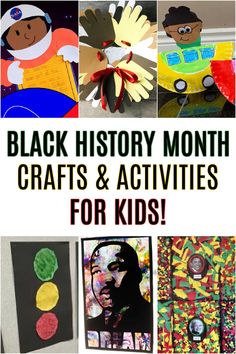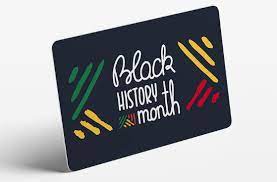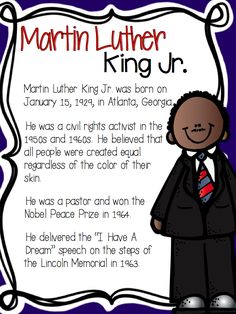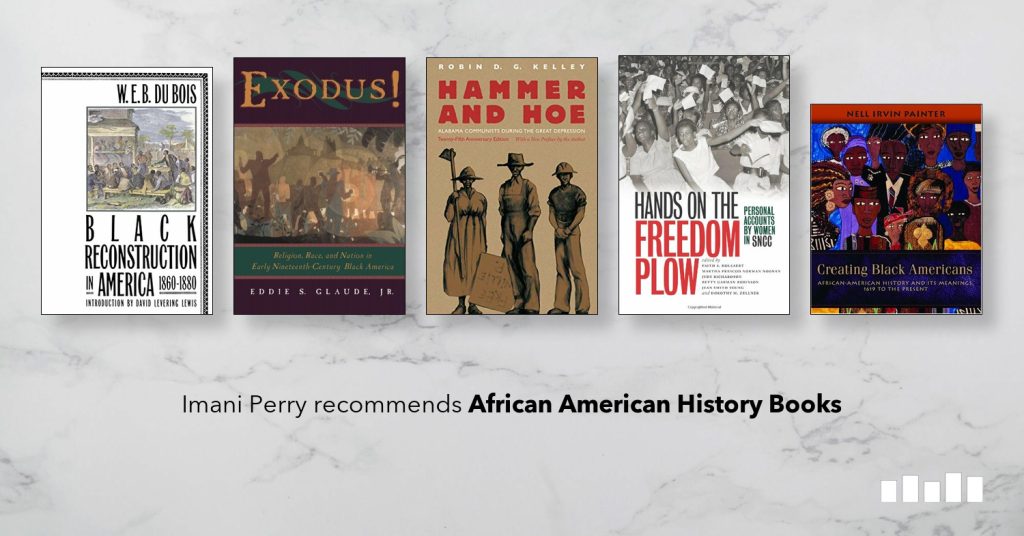As February approaches, educators and parents have the perfect opportunity to explore and celebrate Black History Month with their children. Emphasizing the achievements and contributions of African Americans, Teach Starter provides a treasure trove of activities and free resources designed to educate and inspire young minds. This article highlights some of the impactful ways teachers and families can engage kids during Black History Month.
One of the most effective methods to introduce kids to significant historical figures is through interactive activities. Teach Starter offers free printable resources that spotlight icons like Rosa Parks, Martin Luther King Jr., and Harriet Tubman. By bringing these heroes into the classroom or home through coloring sheets, puzzles, and informational texts, children can learn about their influential lives in a manner that’s accessible and enjoyable.
Storytelling sessions hold a special place in child education, as they can impart lessons vividly and memorably. Incorporating stories of notable African American scientists, artists, athletes, and leaders can pique children’s interest in history and its relevance today. Teachers can use Teach Starter’s biographical texts accompanied by questions to aid comprehension and critical thinking about these figures’ legacies.
Crafting projects are another fantastic way to foster education about Black History Month. By creating art inspired by African American culture, including traditional patterns and designs, children can develop an appreciation for a tapestry of cultural expressions. These hands-on activities not only serve as creative outlets but also open discussions about diversity’s value.
Moreover, Teach Starter provides interactive timelines that highlight key events in Black history. Such chronological visual aids help students understand the context of the Civil Rights Movement and broader historical narratives. They allow kids to see the interconnectedness of events that have shaped the present society.
Discussion prompts might be one of the most crucial tools offered for Black History Month instruction. Suggested questions encourage students to reflect on issues such as equality, justice, race, and civil rights in contemporary contexts. These conversations are invaluable as they can shape how young individuals perceive the world around them.
In alignment with modern educational needs, some resources from Teach Starter are digital-friendly for remote learning environments or tech-integrated classrooms. This approach ensures that no matter where one teaches or learns from during February’s commemorations, every child has access to enriching content about Black History Month.
Teach Starter’s initiative doesn’t just provide singular working materials; it fosters an all-encompassing educational experience that bridges past achievements with current societal reflections through interactive learning strategies suitable for children.
Incorporating these activities into kids’ curricula or family learning time offers a multi-dimensional understanding of Black History Month — emphasizing not only historical milestones but also underlining the importance of ongoing conversations about race, identity, equality, and empowerment within younger generations.
As Black History Month commences, teachers and parents alike are encouraged to turn to Teach Starter’s comprehensive gallery of free resources to ensure this vital part of history is communicated effectively — not just as a month-long observance but as an integral component of lifelong learning.







